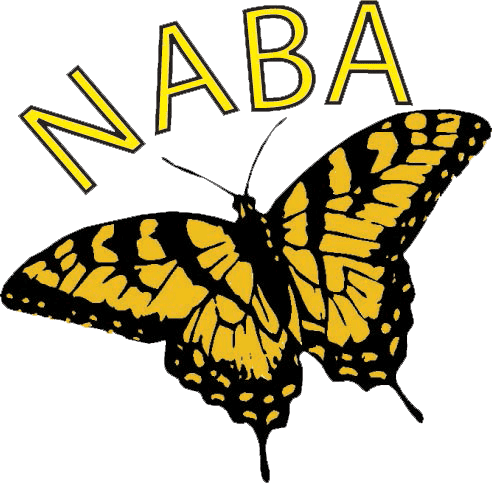South Florida Native Trees, Shrubs, and Vines for Butterfly Gardens
Citizen Science in Action
Native trees, shrubs, and vines provide structure and visual excitement in a butterfly garden. At the same time, they provide food and nectar that are essential to helping butterflies thrive and reproduce. The plants listed in the table below have been selected and rated by NABA members as important native trees, shrubs, and vines for butterfly gardening in South Florida.
A butterfly garden should contain plants that provide food for all stages of a butterfly’s life. Caterpillars require very specific plants for food and butterflies need nectar from flowers. Choosing a variety plants from the list below will increase the chances that butterflies commonly found in your area will be able to reproduce in your garden.
| English Name | Scientific Name | Plant Type | Caterpillar Food for: |
|---|---|---|---|
| Corkystem Passionflower | Passiflora suberosa | vine | Gulf Fritillary, Julia Heliconian, and Zebra Heliconian caterpillars. |
| Faux Persil Balloon Vine | Cardiospermum cornidum | Vine | Miami blue, silver-banded hairstreak, and amethyst hairstreak caterpillars all use faux persil balloonvine as a food source. It is also sometimes a food source for the gray hairstreak caterpillars. |
| Hercules’ Club | Zanthoxylum clava-herculis | Tree or shrub | Giant Swallowtail |
| Holywood | Guaiacum sanctum | Tree | Lyside Sulphur |
| Lime Pricklyash | Zanthoxylum fagara | Shrub or tree | Giant Swallowtail, Northern Sicklewing |
| Mexican Senna | Senna mexicanna | Woody shrub | Cloudless Sulphur, Sleepy Orange, and Orange-barred Sulphur. |
| Spiny Hackberry | Celtis pallida or Celtis ehrenbergiana | Large shrub or tree | Emperors, American Snout. |
| Sugarberry | Celtis laevigata | Tree | Tawny Emperor, Hackberry Emperor, American Snout, Question Mark, Mourning Cloak. |
